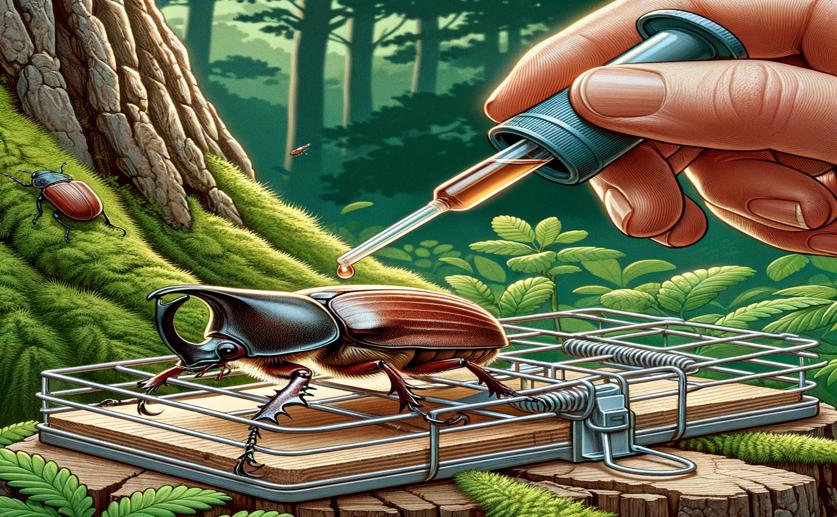
Exploring Pheromone Lures and Traps for Monitoring a Specific Beetle Species
Jenn Hoskins
17th May, 2024

Image Source: Natural Science News, 2024
Key Findings
- The study focused on detecting the hibiscus bud weevil (HBW) in Florida using pheromone lures
- Full-size cranberry weevil lure discs attracted more HBWs than other lure sizes in lab tests
- Yellow sticky traps with cranberry weevil lures captured more HBWs than other traps in semi-field trials
- Trap height did not significantly affect HBW capture rates
AgricultureEnvironmentAnimal Science
References
Main Study
1) Exploring market-available pheromone lures and traps for monitoring Anthonomus testaceosquamosus (Coleoptera: Curculionidae).
Published 17th May, 2024
https://doi.org/10.1093/jee/toae105
Related Studies
2) Effect of trap type, trap color, trapping location, and pheromone dispenser on captures of male Palpita unionalis (Lepidoptera: Pyralidae).
Journal: Journal of economic entomology, Issue: Vol 97, Issue 2, Apr 2004
3) Aggregation Pheromones of Weevils (Coleoptera: Curculionidae): Advances in the Identification and Potential Uses in Semiochemical-Based Pest Management Strategies.
4) Aggregation pheromone for the pepper weevil,Anthonomus eugenii cano (Coleoptera: Curculionidae): Identification and field activity.



 14th May, 2024 | Jenn Hoskins
14th May, 2024 | Jenn Hoskins